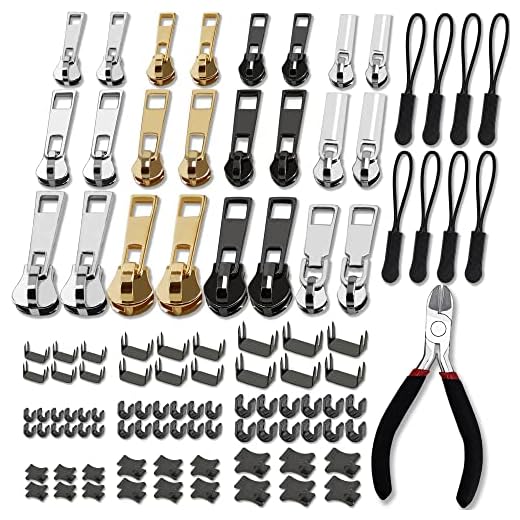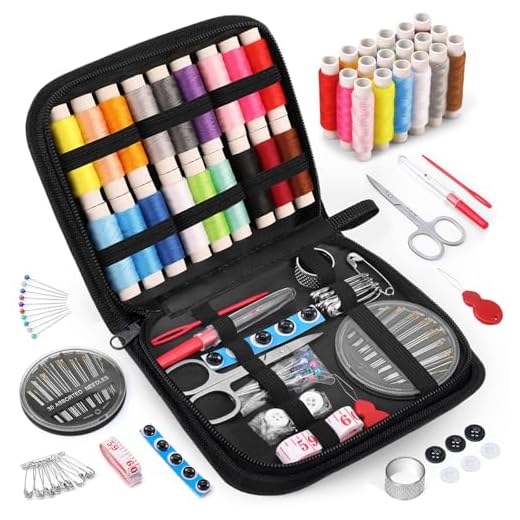
Fix and Keep Your Reusable Bags
You can fix your torn bag. Start small, use simple tools, and sew or patch holes. Millions of bags end up in landfills. Save money and cut waste. This guide gives clear steps you can do right now, easily today.
What You Need
Sew a Heavy-Duty, Leak-Proof Reusable Grocery Bag
Inspect and Decide: Know the Damage
Don’t guess. See what really failed. Small tear or fatal rip?Lay the bag flat on a clean table.
Look close at the tear. Note its size, shape, and location.
Check the seams and handles. Feel if the fabric is cut or worn thin. Spot frayed fibers. Push the edges together to check fit. Measure the gap.
Patch small holes under an inch. Stitch long rips along a seam. Reinforce a handle that tore from its base. Inspect split seams for broken stitches. Plan a patch that extends two inches past a fabric tear. Watch thin woven bags; they can unravel. Avoid heavy heat on laminated liners that can melt.
Decide if the repair must hold heavy loads or just look good. Choose stronger thread and larger patches for heavy use. Wash stained or smelly bags now. Dry fully before you repair. Take a photo to match color or size later. Keep labels for care tips. Count how many bags you will mend and set sane goals. Don’t try to save ruined liners.
Prep and Pick a Method
A poor prep ruins a fix. Want it to last? Choose well.Choose the right fix. Match the method to the damage: small holes — patch or hand stitch. Seam splits — resew on the old stitch line. Torn handles — add a backing patch and new stitches. Laminate bags — use a thin, flexible plastic patch or repair tape (example: PET tape for cooler bags).
Gather tools.
Cut a patch at least 2 inches larger than the hole on all sides. For woven bags, cut on the bias to stop fray. For layered bags, match the inner and outer layers. Pre-wash the patch fabric. Iron it flat.
Trim frayed threads. Pin or clip the edges. Test glue on a scrap first. Apply glue thin. Press firmly. Let it set.
Sew with lock stitches at each end. Use short stitches and strong thread. Double back at strain points. Reinforce handles with a backing patch that wraps under the bag. Mark your stitch line with chalk. Work in bright light. Take breaks. Pace yourself. Test the repair with a light load.
Stitch and Patch
Sew like the bag will be used tomorrow. Strong stitches win.Cut and prepare the patch. Round the corners to stop snags. Fold raw edges under if the fabric frays. Pin the patch over the tear.
Thread your needle with strong polyester thread. Tie a small knot. Start a few millimeters from the edge. Use a backstitch for strength. Keep stitches short. Sew end to end. Lock the stitch with a backstitch at corners. Trim thread.
Open old seam if needed. Align the original seam lines. Use a straight stitch with a reinforced start and finish. Stitch the handle base in a box and X pattern to spread the load. Use a ladder (invisible) stitch for thin laminated bags to pull edges tight. Heat an iron-on patch per the maker’s directions. Press with firm, even pressure. Let it cool fully. Add a second patch inside for heavy repairs.
Test the repair with a gentle tug. If it holds, move to finishing. Label the date. Wear gloves today.
Reinforce Handles and Seams
Handles fail first. Reinforce like you mean it. No weak spots.Focus on high-stress points. Handles fail first. Reinforce them every time.
Place a backing patch under the handle. Stitch through the bag and patch. Make a box and stitch an X inside. Use heavy polyester or upholstery thread. Add bar tacks at each end for extra hold.
Use a sewing machine with a denim needle for thick canvas. Hand-sew tight, dense stitches if you work by hand. When you hand-sew, keep stitches short and even.
Add rivets or metal washers for plastic or laminated handles. Drill a small hole. Set the rivet. Sand the hole edges smooth. Cover the rivet head with tape if it might snag.
Sew a second line beside worn seams. Topstitch close to the edge to lock the seam. Use a zigzag stitch on raw edges. Bind exposed edges with bias tape for long life. Add a webbing strap inside the seam for very heavy loads and attach it with a wide box stitch.
Test the handle in steps. Load light weights first. Increase only if it holds.
Finish, Test, and Maintain
Fix it right. Then keep it right. Small care equals long life.Finish with clean edges. Trim stray threads. Seal raw edges with fray check or a zigzag stitch. Press the repair flat. Look for weak spots near the fix.
Test with a slow, steady pull. Test with a loaf of bread or a handful of towels first. Then add a can of beans. Watch the stitches. If they slip, stop and redo.
Wash the bag according to its label. Use a gentle cycle. Air dry. Avoid heat that can harm liners or glue.
Keep repairs in mind when you shop. Do not overload. Note weight limits for your fixes. Mark repaired bags with a dot or tag. Keep them from heavy-duty use.
Consider replacing the bag if you mend it often. Recycle the old bag if you can. Keep a repair kit at home. Save trips. Save money. Repair small tears fast. Keep your bags in use and out of the bin. Teach your kids to mend. Share your skills.
Keep Them Going
You can extend a bag’s life. Fix small tears fast. Reinforce handles. Use the right tools. Test your repairs. Wash with care. Replace when safety fails. Repair saves money and cuts waste. Try it. Share your results and inspire others.













This article made me feel guilty about tossing bags lol. Nice mix of DIY and sensible rules.
I tried using fabric glue + a thin patch on a rip and it lasted a while, but after a few washes it peeled. Anyone else have cleaning tips for repaired bags?
Wash repaired bags gently — hand wash or gentle machine cycle in a mesh laundry bag. Avoid high heat drying; air dry instead to keep patches and glue intact.
Real talk: I patched a bag that I thought was worth saving, but the seams failed on the third shopping trip. Not sure if my stitching was bad or the bag was junk. Any troubleshooting tips?
Thanks — I’ll try reinforcing from the inside next time and use a stronger thread.
Tried step 4 on the handles and wow, what a difference. I added a rectangular reinforcement patch under the handle like the guide suggested and doubled up the stitches. Handles feel brand new.
Also, pro tip: if you’re lazy like me, hot glue the patch in place before sewing to keep it from shifting 😂
I followed the guide and repaired three bags last weekend. My favorite hack: double-stitch the handles in an X-box pattern and then topstitch around the patch for extra hold.
Longer note:
This guide works for people who are comfortable with basic sewing, but for absolute beginners maybe add a glossary of terms (backstitch, topstitch, whipstitch). I spent some time looking those up and it broke my flow.
Still 5 stars from me ✨